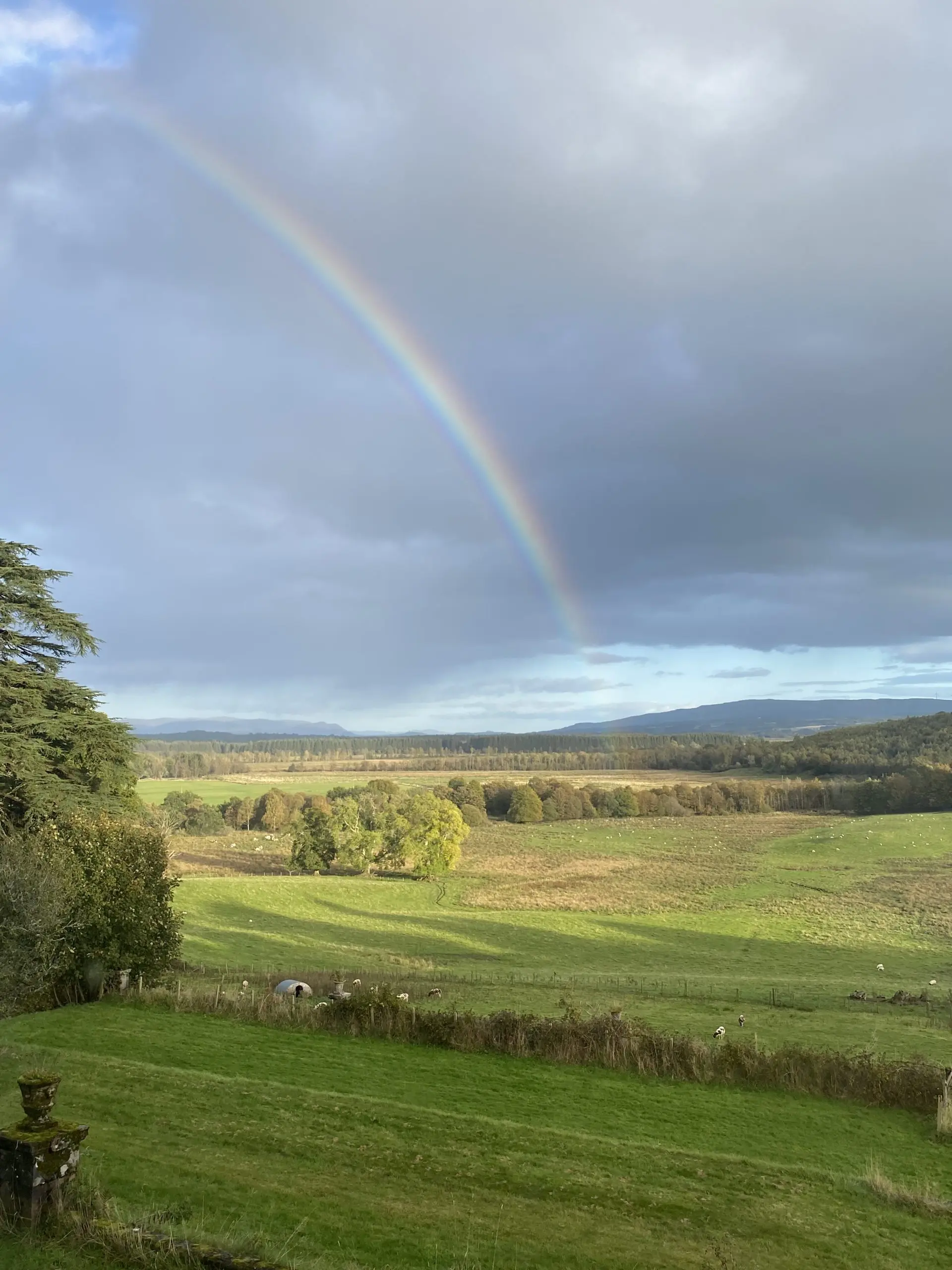
History of the House
1793
The house is built by William Adam as the seat for the Graham family.
1883 – 1900
After the death of his father, R.B. Cunninghame Graham inherited Gartmore Estate. A prominent politician, author and adventurer, he was the first president of both the Scottish Labour Party and Scottish National Party.
1900
Cunninghame Graham sells the house to shipping magnate, Sir Charles Cayzer. He remodels and expands the building, enlisting the help of architect David Barclay, a pupil of Charles Rennie Mackintosh.
1940
The army commandeers the estate for use as a barracks.
1950
After the war, the Cayzers do not take back the estate and parts of it are sold by developers.
1953 – 1980
St Ninian’s, a list D school, is established by the Archdiocese of Glasgow and outbuildings are added for classroom space.
1987 – 1995
The Way International use Gartmore House as their European base.
1997
Cloverley Hall buy the house and establish it as a Conference and Activity centre
2000
George Russell (of Scotland the Brand), Peter Taylor, and Peter Sunderland form a Board of Directors and together run Gartmore House as a charitable trust.
2004
Sadly, Chairman of the board, George Russell passes away in September 2004. Peter Kimber (formerly chief executive Scottish Curriculum Authority and Scripture Union, England and Wales) and Rev Mike Parker (director of the Evangelical Alliance, Scotland) are invited onto the board.
2008
Gartmore House begins to grow as a conference centre and destination for activity holidays. The activity centre is refurbished to provide wheelchair access and dormitory accommodation for schools and youth groups.
2016
A CHP (combined heat and power) system is installed – a system that allows Gartmore House to generate all our own energy. Any excess is fed back into the grid.
Present
Craft breakers, holidaymakers, school groups and conferences all make themselves at home, proving the house as a popular getaway destination in the Trossachs.
Other Facilities at Gartmore House:
Gartmore Estate, Stirling, FK8 3RS, Scotland | Gartmore Estate is a Scottish Charity No:SCO29484 | T: 01877 382 991 | Website by Ezone Interactive
